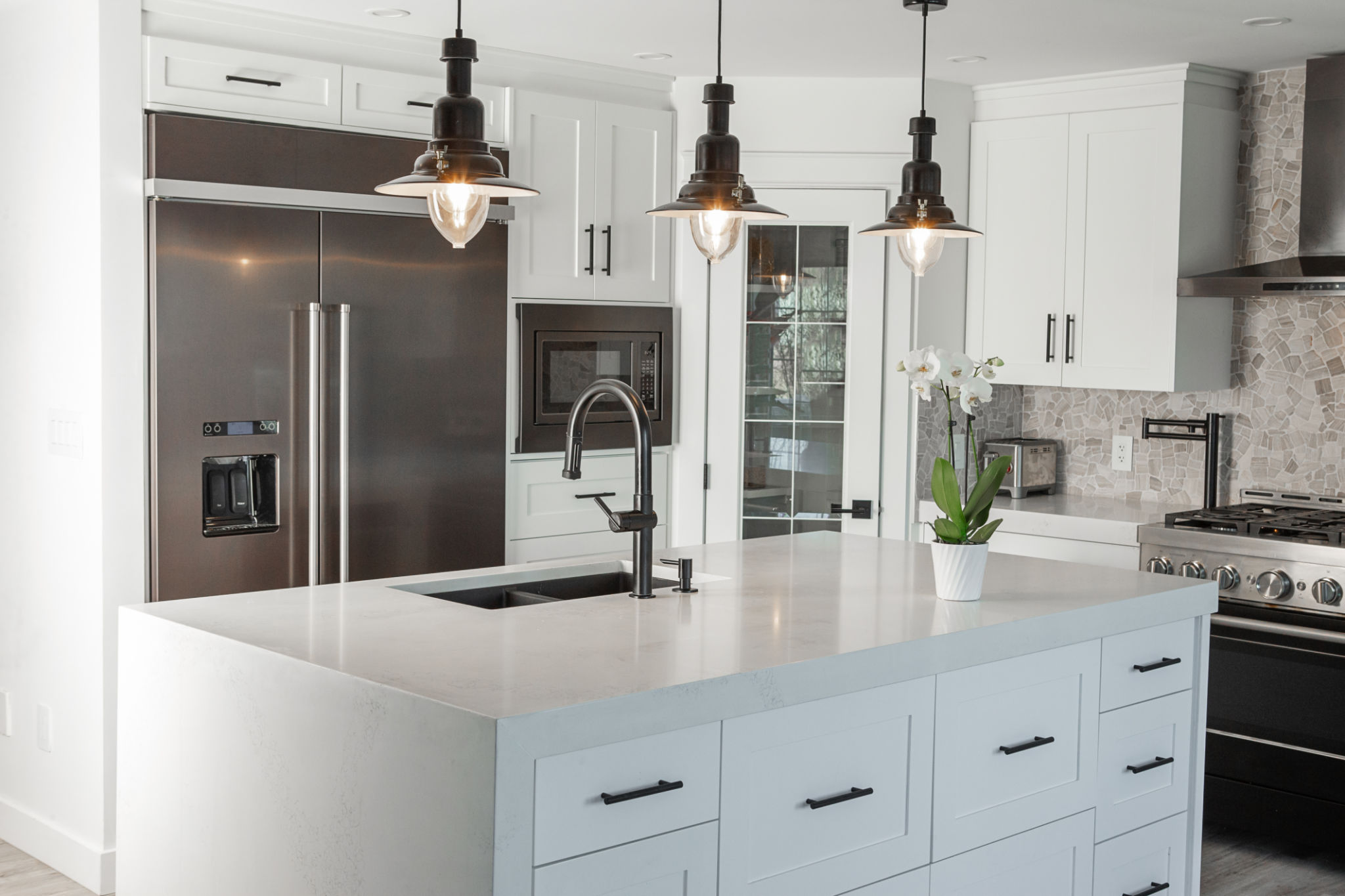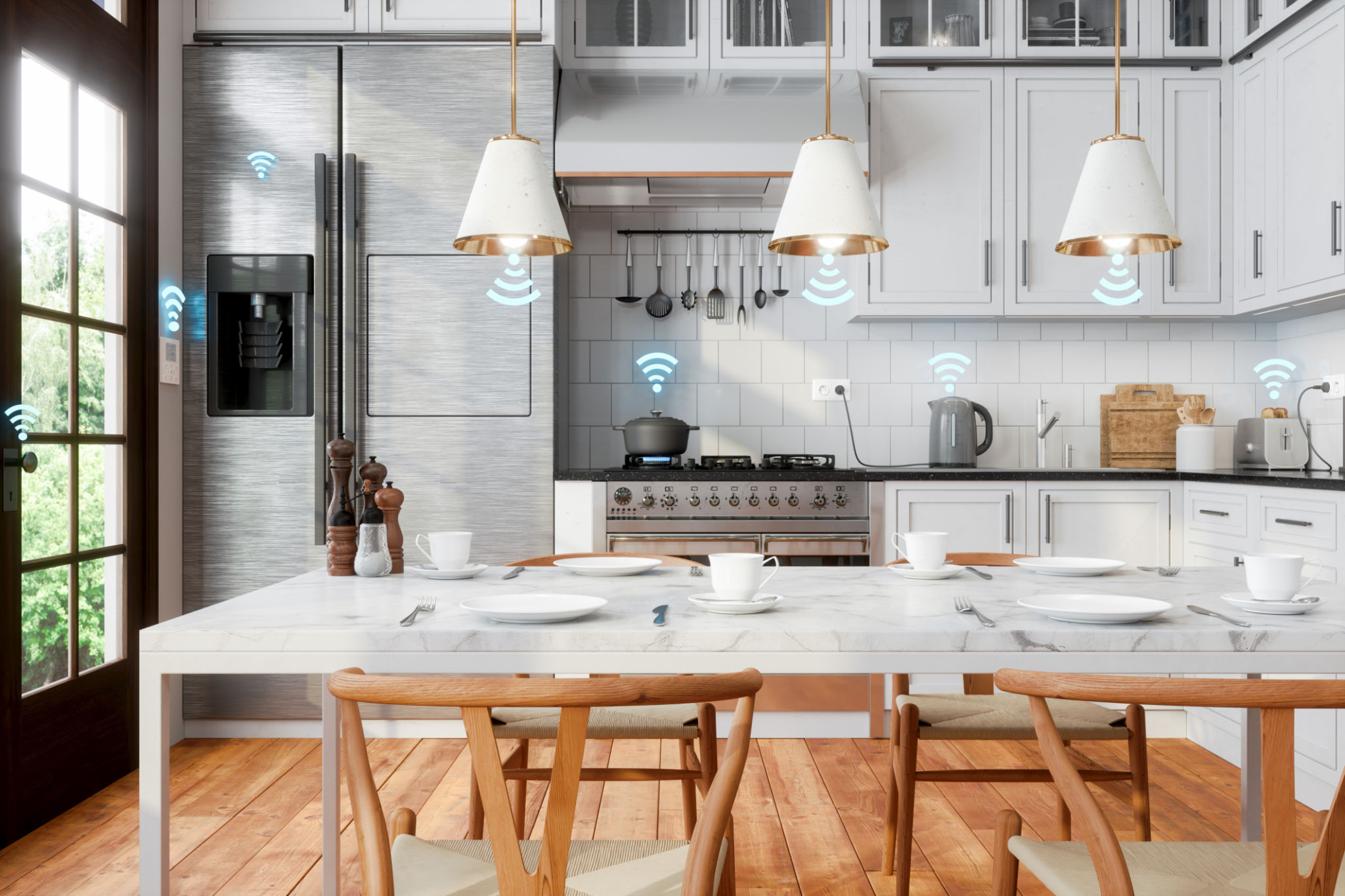Sustainable Kitchen Design Trends: Eco-Friendly Options for DC Homes
Embracing Eco-Friendly Kitchen Design
As sustainability becomes a core value for many homeowners, eco-friendly kitchen design is gaining popularity. In Washington, DC, where urban living and environmental awareness intersect, incorporating sustainable elements into kitchen spaces is both a responsible and stylish choice. From energy-efficient appliances to recycled materials, there are numerous ways to create a green kitchen that minimizes environmental impact without compromising on aesthetics.
One of the first steps in designing a sustainable kitchen is selecting energy-efficient appliances. Opt for appliances with the ENERGY STAR label, which indicates that they meet energy efficiency guidelines set by the U.S. Environmental Protection Agency. These appliances not only reduce your carbon footprint but also help save on utility bills over time.

Choosing Sustainable Materials
Another crucial aspect of eco-friendly kitchen design is the choice of materials. Selecting materials that are renewable, recycled, or sustainably sourced can significantly impact the environment. For instance, consider using bamboo or reclaimed wood for cabinetry and flooring. These materials are not only durable but also add a unique character to your kitchen space.
For countertops, explore options like recycled glass or composite surfaces made from post-consumer materials. These alternatives provide the same functionality as traditional materials while reducing waste and supporting recycling efforts. Additionally, look for low-VOC (volatile organic compounds) paints and finishes to improve indoor air quality and reduce harmful emissions.

Innovative Lighting Solutions
Lighting plays a vital role in both the functionality and ambiance of a kitchen. Implementing energy-efficient lighting solutions can enhance your kitchen's sustainability. Consider installing LED lights, which consume significantly less energy than traditional lighting options and have a longer lifespan.
To maximize natural light, incorporate larger windows or skylights into your kitchen design. This reduces the need for artificial lighting during the day and creates a bright, inviting environment. Additionally, using dimmer switches allows you to control lighting levels and conserve energy when full brightness is not necessary.

Water Conservation Techniques
Water conservation is another essential aspect of sustainable kitchen design. Install low-flow faucets and fixtures to reduce water consumption without sacrificing performance. These fixtures are designed to maintain water pressure while using less water, thus contributing to overall household water savings.
Consider incorporating a graywater system to recycle water from sinks for use in irrigation or other non-potable applications. This not only conserves water but also reduces the demand on municipal water supplies, making it an excellent choice for environmentally conscious homeowners.
- Install low-flow faucets
- Consider graywater systems
- Opt for water-efficient dishwashers
The Role of Smart Technology
Integrating smart technology into your kitchen can further enhance its sustainability. Smart appliances can optimize energy use by learning your habits and adjusting their operation accordingly. For example, smart refrigerators can alert you when doors are left open or when it's time to replace filters, ensuring efficient operation.
Smart thermostats and lighting systems can also contribute to energy savings by allowing remote control and automation. These technologies not only make your kitchen more efficient but also add convenience to your daily routine.

Conclusion: Creating a Greener Future
Designing a sustainable kitchen is an investment in both your home and the planet. By incorporating eco-friendly options such as energy-efficient appliances, sustainable materials, innovative lighting solutions, water conservation techniques, and smart technology, DC homeowners can create kitchens that are both beautiful and environmentally responsible.
With the growing awareness of environmental issues, making these choices reflects a commitment to a greener future. As more homeowners embrace these trends, sustainable kitchen design is set to become a staple in modern homes across the nation.